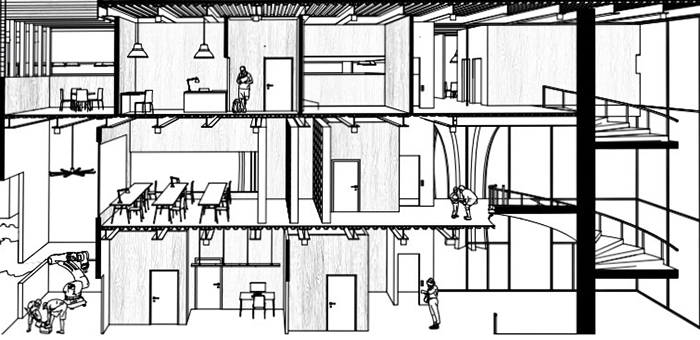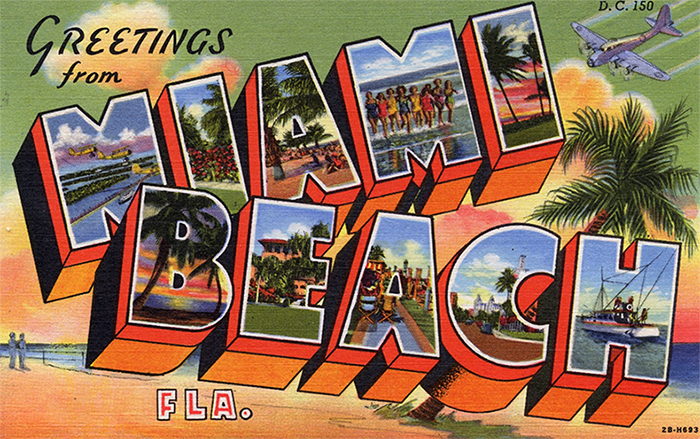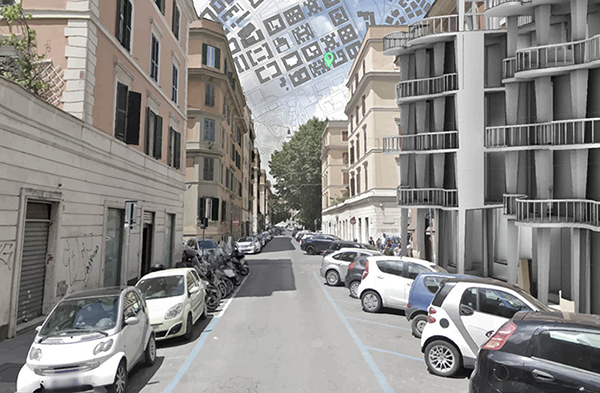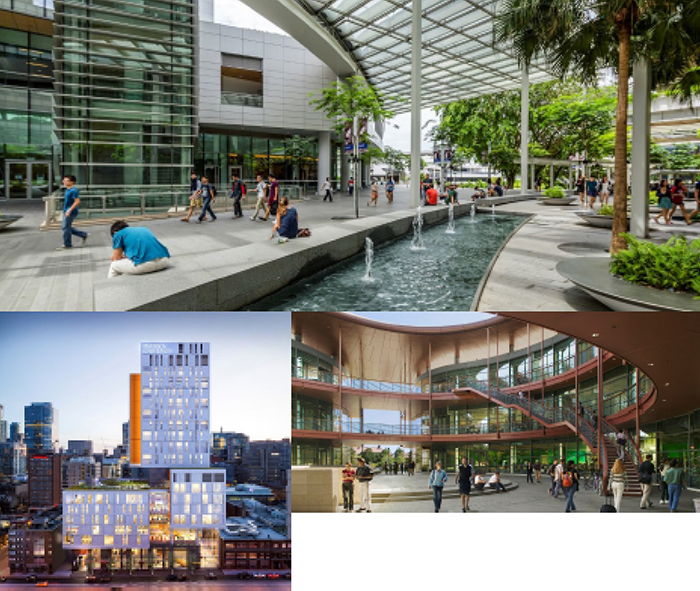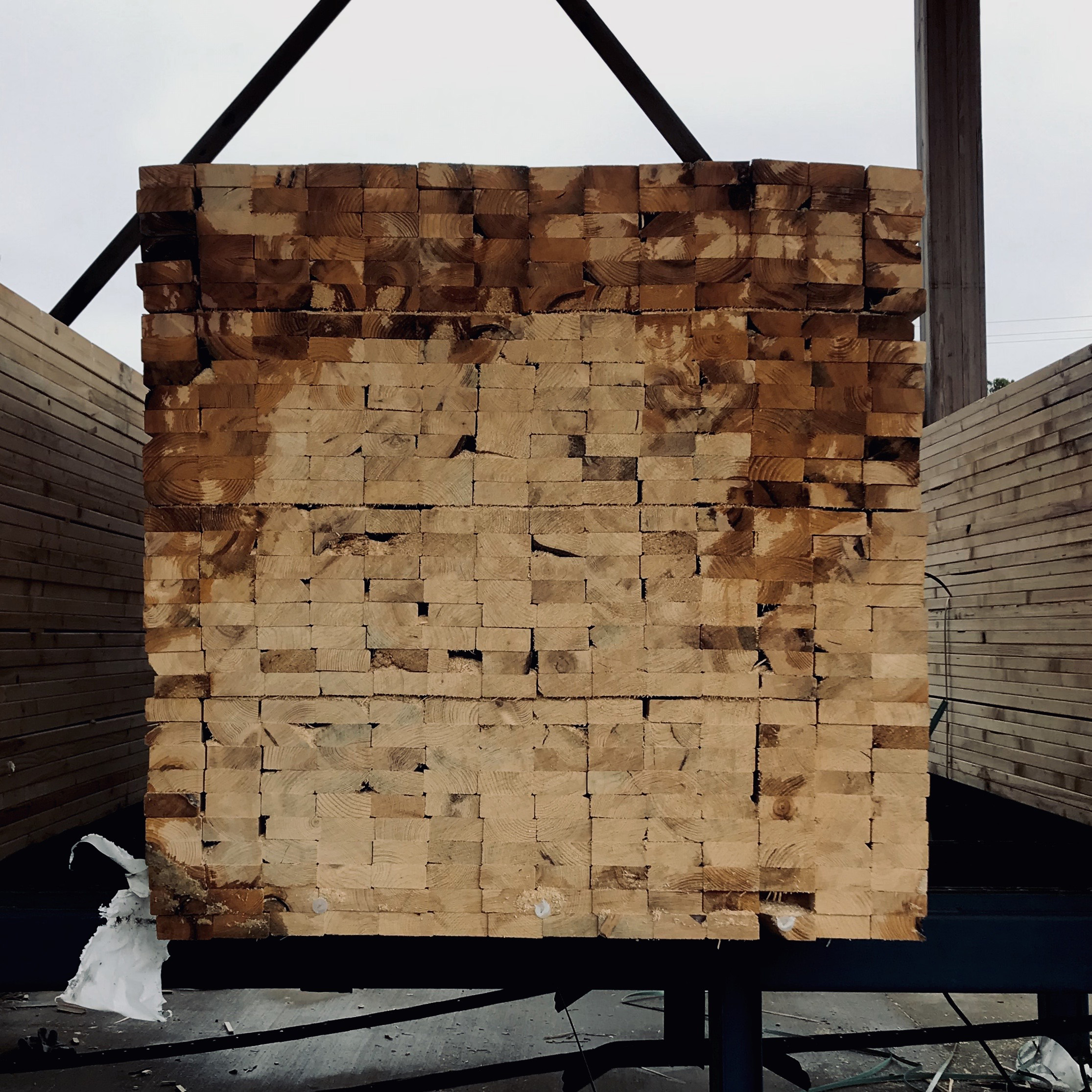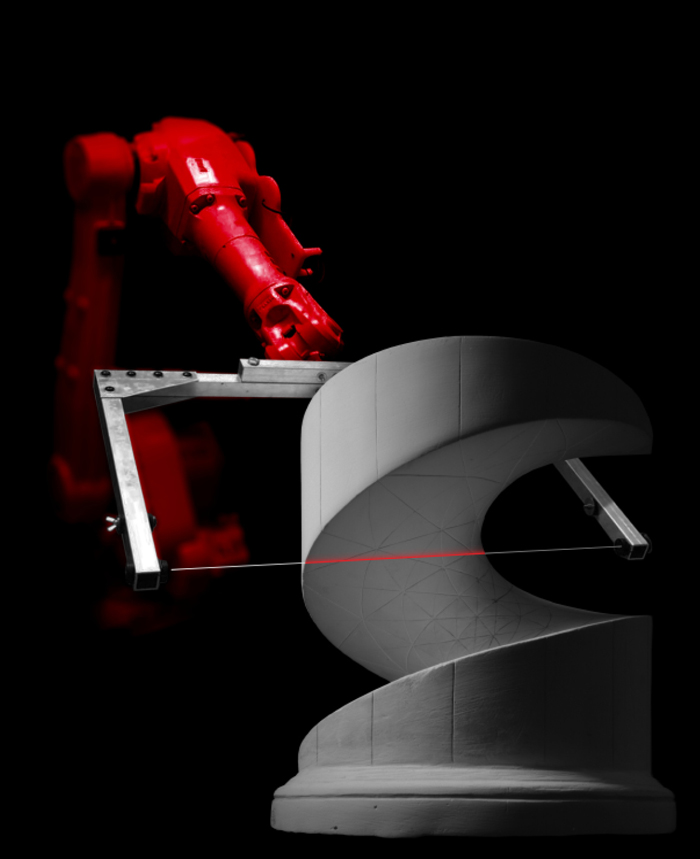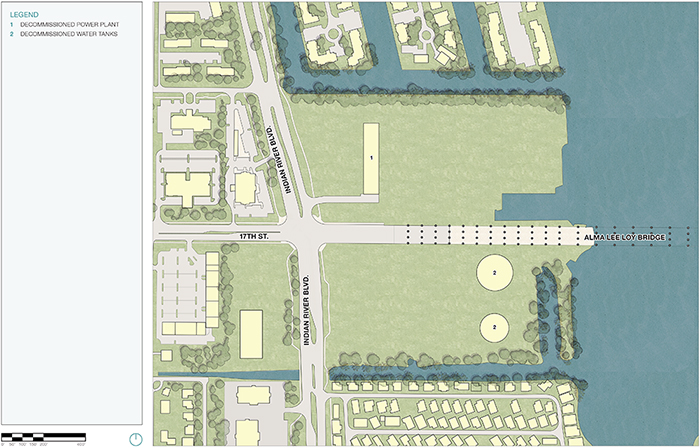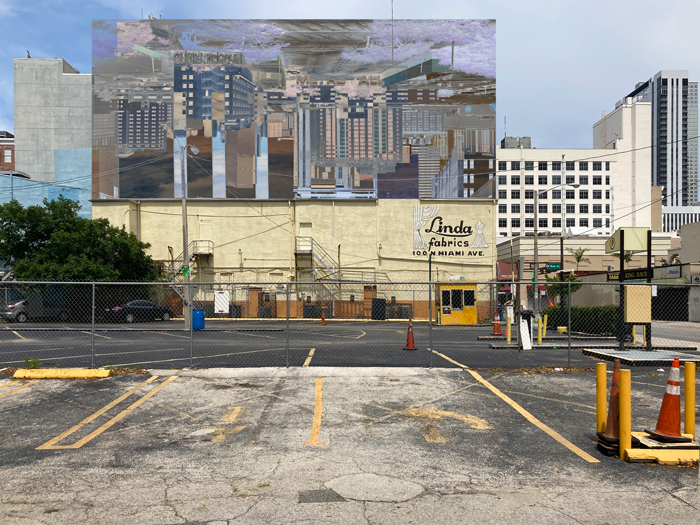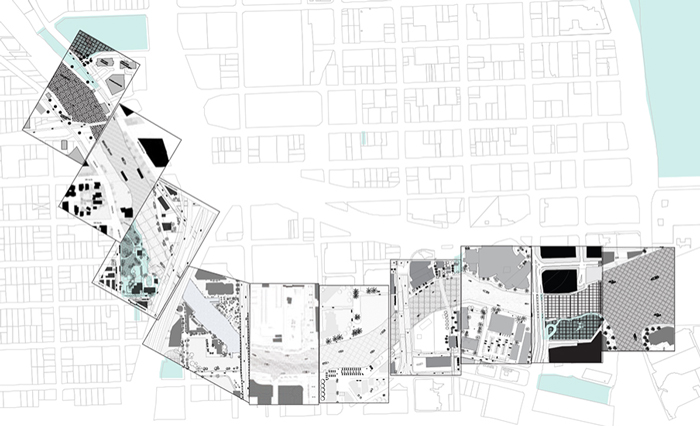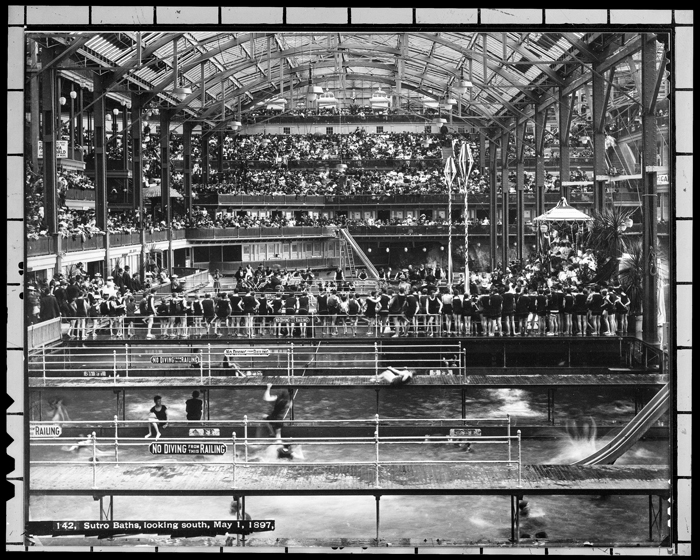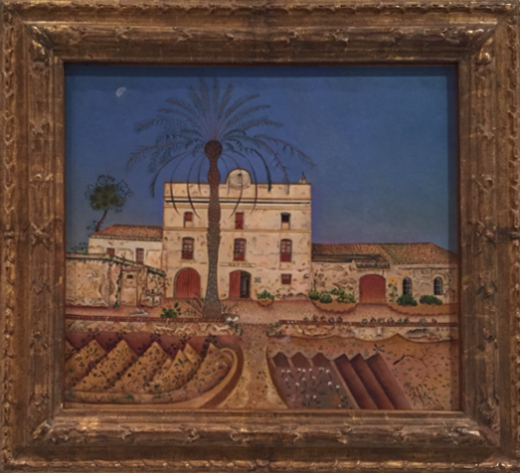
Studio Description
PROJECT 5 THE GUEST HOUSE: A Place for Dwelling, Thinking and Making shall be the final Project of the semester. Students will be asked to draw upon the knowledge gathered up to this point in the semester by taking on the challenge of designing of a small Guest House. Having explored the discipline of Architecture through rigorous precedent analysis and exemplary models of works of architecture capable of imparting knowledge on conventions in architectural composition in response to a culture, climate, materiality, technology, use and form, students will engage in questions of convention, tradition, repetitive paradigms and invention. The setting for the new design shall be within a historical site of cultural importance in the City of Coral Gables. The design shall provide a place for an invited guest artist/scholar (painter, sculptor, musician, poet, writer, dancer, researcher…) to be in residence while completing hers/his creative work. There will be a virtual tour of the site, with City of Coral Gables officials, to aid in understanding the physical attributes and history of the place. The goal of embellishment and completion within an existing valued context shall be explored using principles of architectural composition studied in the preceding projects of the semester.
Image credit: La casa de la palmera, oil on linen “House with Palm Tree”, Joan Miró, 1918, Museo Nacional Centro de Arte Reina Sofía, photo by F. Martinez
Coordinator/Faculty
Frank Martinez (c)
Mario Ostolaza
Time
10am
Click to Join Zoom Session
Meeting ID: 991 0528 8780
Student Names
Adeline Angelino
Carlos Arrinda Ulivi
Cassandra Cotter
Leah Culbert
Sophia Emanuel
Carolina Gonzalez
Beibhinn O'Reilly
William Perik
Elisabeth Schnell
Sophia Tosti
Benito Zapata
Faculty
Juan Alayo
Victor Deupi
Time
10am
Click to Join Zoom Session
Meeting ID: 991 0528 8780
Student Names
Benjamin Callanan
Daniel Ferrer
Ahmad Jamal
Paris James
Matthew Jaramillo
Ana Jouvin
Marielle Koeppen
Elise Palenzuela
Kelsey Payne
Anna Puente
Nate Raisner
Faculty
Juan Calvo
Melodie Sanchez
Time
10am
Click to Join Zoom Session
Meeting ID: 991 0528 8780
Student Names
Samuel Carter
Ashley Collins
Antonio Del Toro
Ciara Joseph
Santiago Krossler
Chailing Alexis Lewis
Meghan Mahoney
Alex Miller
Carlo Paz
Melanie Plutsky
Vivian Smith
Jillian Tarini
Faculty
Wendy Caraballo
Adib Cure
Time
10am
Click to Join Zoom Session
Meeting ID: 991 0528 8780
Student Names
Abdullah Almousalli
Tai Dottin-Meggs
Franco Ferreira De Melo
Juan "Sebas" Hernandez
Mia Morgan
Danielle Natale
Samantha Nowak
Tate Nowell
Emma Catherine Przybylo
Mason Rape
Aiden Surman
Coordinator/Faculty
Najeeb Campbell
Carie Penabad (c)
Time
10am
Click to Join Zoom Session
Meeting ID: 991 0528 8780
Student Names
Roee Aviv
Margaret Barrow
Christina Gallarello
Andrea Hernandez
Nicole Kertznus
Vanessa Lopez-Trujillo
Sofia Paniagua
Mykayla Pauls
Andrew Price
Michael Roldan Pico
Andrew Rosenburg
Matthew Trebra
Faculty
Megan McLaughlin
Oscar Machado
Time
10am
Click to Join Zoom Session
Meeting ID: 991 0528 8780
Student Names
Latifa Alfalah
Andrea Baussan
Harold Collard
Lara Connolly
Benjamin Darby
Abdulwahab "Wahab" Eisa
Sarah Figueira
Tatiana Gaviria Cardenas
Charles Penny
Shariq Ramsubhag
Christopher Stinson
Pablo Vera
Hamza Waris
Faculty
Ricardo Lopez
Jorge Trelles
Time
10am
Click to Join Zoom Session
Meeting ID: 991 0528 8780
Student Names
Raghad Alqertas
Catalina Cabral-Framinan
George Elliott
Daniel Kurland
Katherine Lindsey
Malachi Matthews
Isha Patel
Bennet Resnick
Maria Saldivar Sandoval
Cailley Slaten
Roland Stafford
Faculty
Jaime Correa
Oscar Machado
Time
10am
Click to Join Zoom Session
Meeting ID: 991 0528 8780
Student Names
Yousif Abdulhasan
Farhan Ali Barmare
Jesper Brenner
Daniella Bueso Flefil
Daniela De Sola
Adriana DeCastro
Alexandra Ducas
Mary Gorski
Liam Green
Julian Karam
Bryson Leonard
Angela Mesaros
Yanitza Gisselle Velez
Faculty
Rafael Tapanes
Jorge Trelles
Time
10am
Click to Join Zoom Session
Meeting ID: 991 0528 8780
Student Names
Khalil Bland
Aidan Davis
Isabella Jackson
Mariam Khadr
Grant McNavage
Lares Monge
Defne Oezdursun
Michelle Saguinsin
Hailey Scarantino
Sebastian Serrano
Xinrong "Cindy" Ye
Faculty
Cristina Canton
Carolina Calzada
Time
10am
Click to Join Zoom Session
Meeting ID: 991 0528 8780
Student Names
Julio Brea
Peter De Leon
Alyssa Garcia
Diego Horta
Rim Khayata
Celeste Landry
Yamaris Martinez
Jacob Nussbaum
Laura Petrillo
Olivia Speaks
Thomas Wenke



